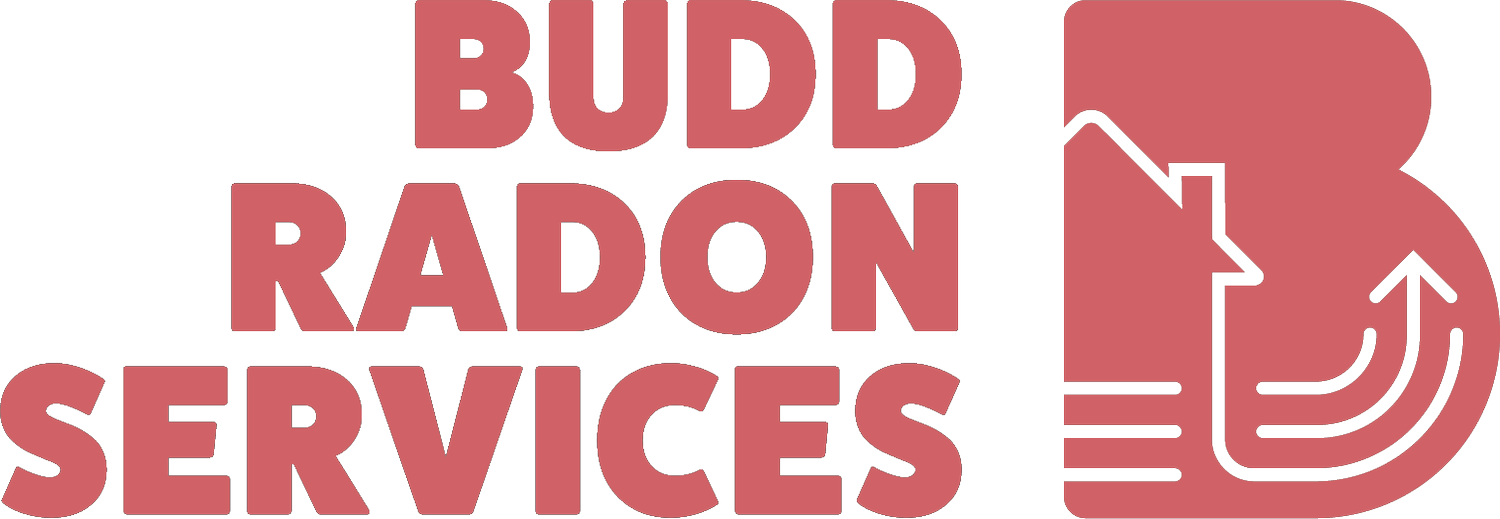Testing for Radon
Radon is a naturally occurring gas that is formed by the breakdown of uranium in soil, rock, and water. It is odorless, colorless, and tasteless, making it impossible to detect without specialized equipment. Exposure to high levels of radon has been linked to lung cancer, and it is estimated to be responsible for around 3,000 deaths in Canada each year. Despite these risks, many Canadians are unaware of the importance of testing their homes for radon.
As a homeowner, it is important to know the risks associated with radon exposure and test your home. By doing so, you can help protect the health and well-being of your workforce and their families.
Here are a few reasons why testing your home for radon is so important in Canada:
Radon levels can vary widely across Canada
Radon levels can vary widely across Canada, depending on factors such as the geology of the area, the construction of the home, and the ventilation. Some parts of Canada have higher levels of radon than others, but even homes in low-risk areas can still have high levels of radon. For this reason, Radon maps shouldn’t be used as a way of knowing if your home has high Radon levels or not. Testing your home for radon is the only way to know for sure whether or not you are at risk.
Radon exposure is a serious health risk
Exposure to high levels of radon has been linked to lung cancer, which is the leading cause of cancer death in Canada. In fact, radon exposure is responsible for more lung cancer deaths than both second-hand smoke and workplace exposures combined. Testing your home for radon is an important step in reducing your risk of developing lung cancer.
Testing is easy and affordable
Testing your home for radon is easy and affordable. You can purchase a radon test kit online or at a hardware store, or you can hire a professional to test your home for you. Simple test devices typically cost around $50, continuous testing devices that display results on your phone cost around $200, and professional testing usually costs a hundred dollars. Considering the potential health risks associated with radon exposure, the cost of testing is a small price to pay for peace of mind.
Radon mitigation is possible
If your home is found to have high levels of radon, there are steps you can take to reduce your exposure. Radon mitigation systems can be installed to remove radon from your home, and there are several different types of systems available. The cost of installing a radon mitigation system can vary depending on the size of your home and the type of system you choose. Testing your home for radon is an important step in protecting your health and the health of your family.
